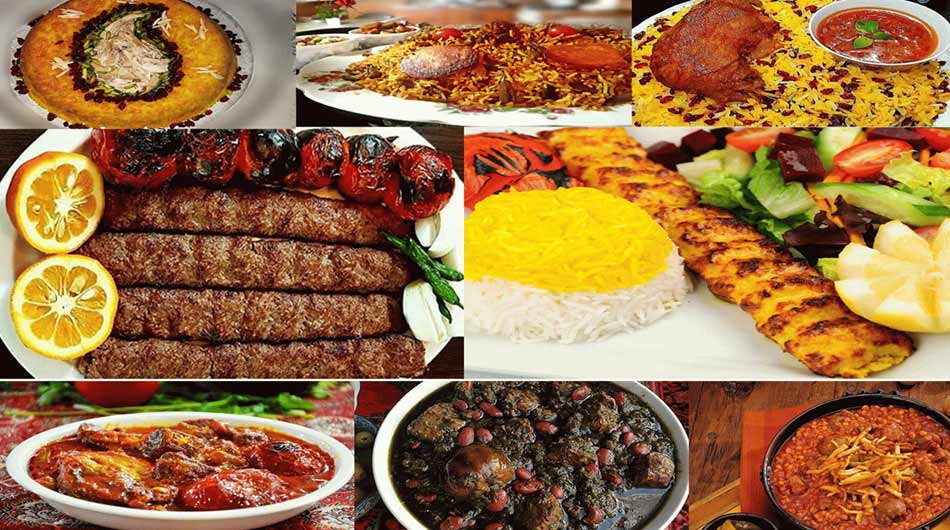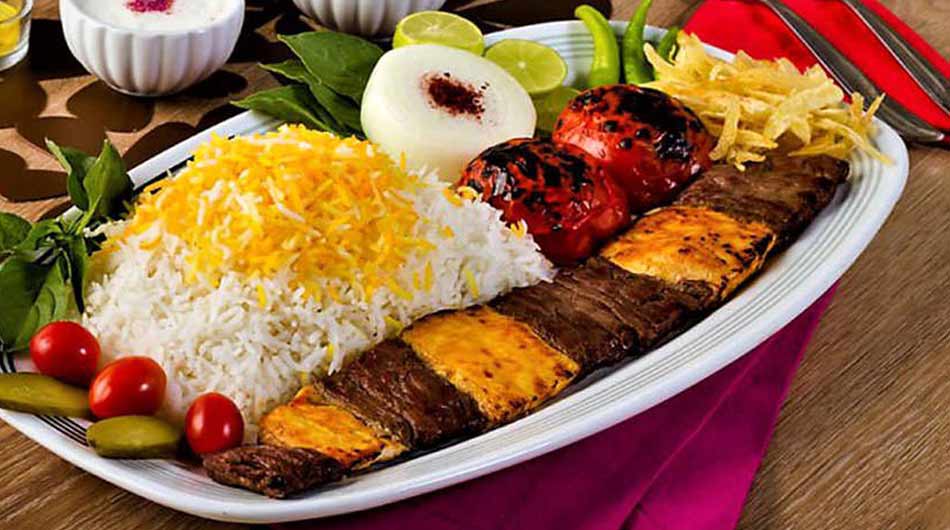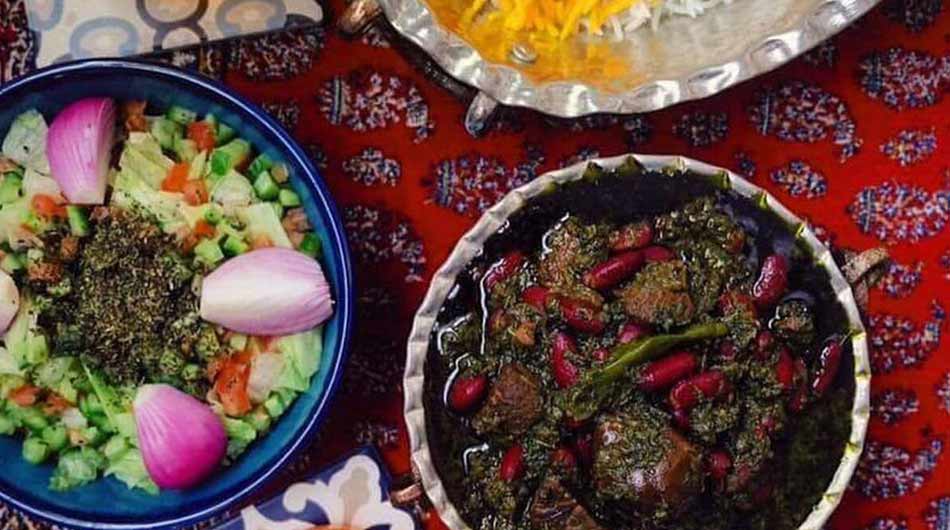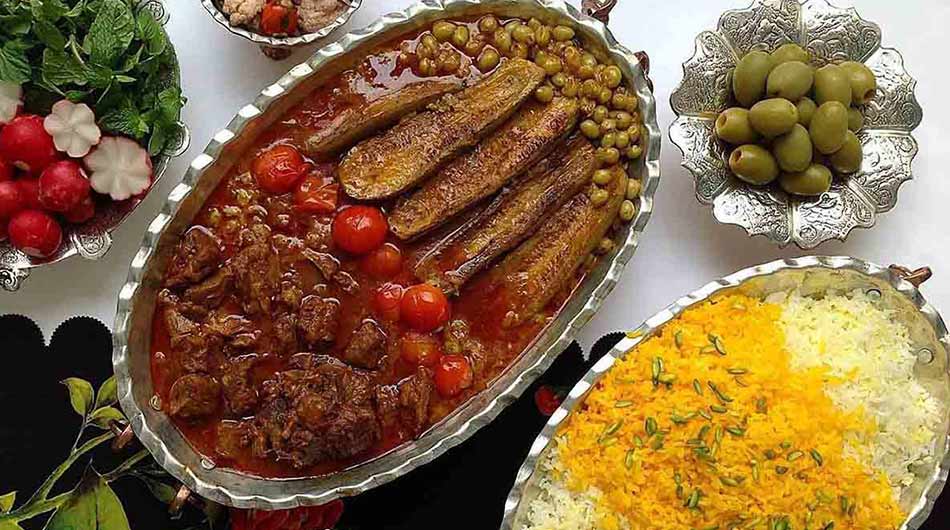Persian Cuisine: A Culinary Journey Through Iran

The Heart of Persian Cuisine: Ingredients
At the core of Persian cooking lies a variety of fresh ingredients that showcase the region’s agricultural abundance. Rice is a staple in Iranian households, often prepared in fluffy, fragrant layers, and served alongside stews, grilled meats, or vegetables. Persian rice is distinct for its unique preparation method, which includes rinsing, soaking, and steaming, resulting in perfectly cooked grains with a delicate texture.
Herbs and spices play a vital role in Persian cuisine, adding depth and complexity to dishes. Fresh herbs such as parsley, cilantro, mint, and dill are frequently used, lending a vibrant flavor and a hint of freshness. Spices like saffron, turmeric, and cardamom not only enhance the taste but also contribute to the stunning visual appeal of the dishes. Saffron, the world’s most expensive spice, is often used to infuse rice dishes with a golden hue and a floral aroma, elevating the culinary experience.
Nuts and dried fruits also feature prominently in Persian cooking. Almonds, walnuts, and pistachios are commonly used in both savory and sweet dishes, providing a delightful crunch. Dried fruits such as raisins, apricots, and dates add natural sweetness, balancing the flavors in various recipes.
 Iconic Dishes of Persian Cuisine
Iconic Dishes of Persian Cuisine
Persian cuisine boasts a plethora of iconic dishes that reflect regional variations and cultural influences. One of the most beloved dishes is Chelo Kebab, a quintessential Iranian meal that combines saffron-infused rice with succulent kebabs. The kebabs can be made from marinated lamb, beef, or chicken, and are grilled to perfection, often served with grilled tomatoes and a side of yogurt.
Another staple is Fesenjan, a rich and aromatic stew made from ground walnuts, pomegranate molasses, and either chicken or duck. The combination of sweet and savory flavors creates a unique dish that exemplifies the complexity of Persian cuisine. Fesenjan is often served during special occasions and celebrations, highlighting its cultural significance.
Ghormeh Sabzi is another iconic stew that features a blend of herbs, kidney beans, and tender chunks of lamb. The dish is flavored with dried limes, which impart a distinct tanginess. Served with rice, Ghormeh Sabzi is a comfort food that evokes nostalgia for many Iranians, often enjoyed during family gatherings.
For those with a sweet tooth, Persian desserts offer a delightful ending to any meal. Baklava, a layered pastry filled with nuts and sweetened with honey or syrup, is a popular treat not only in Iran but throughout the Middle East. Saffron ice cream (Bastani), often flavored with rosewater and pistachios, provides a refreshing and aromatic conclusion to a meal.
 Cultural Significance of Food in Iran
Cultural Significance of Food in Iran
In Iranian culture, food is much more than sustenance; it is a symbol of hospitality, community, and tradition. Meals are often shared with family and friends, reinforcing social bonds and fostering a sense of togetherness. Guests are treated with utmost respect and are often offered an abundance of food, reflecting the Persian ethos of hospitality.
Festivals and celebrations are deeply intertwined with culinary traditions. During Nowruz, the Persian New Year, families prepare a special feast that includes dishes like fish, rice with greens, and sweets. This celebration, rooted in ancient customs, is an opportunity for families to come together, honor their heritage, and indulge in the flavors of their culture.
Moreover, the art of tea drinking holds a significant place in Iranian society. Persian tea is often served with sweets and snacks, acting as a social ritual that encourages conversation and connection. The traditional method of brewing tea in a samovar adds a layer of ceremony to the experience, emphasizing the importance of hospitality in Iranian culture.
 A Culinary Exploration
A Culinary Exploration
Exploring Persian cuisine is a journey through the flavors, aromas, and traditions of Iran. Each dish tells a story, revealing the country’s rich history and diverse cultural influences. Whether indulging in a fragrant plate of Chelo Kebab or savoring the complexities of Fesenjan, the culinary delights of Iran invite everyone to partake in its heritage.
As more people around the world discover the richness of Persian cuisine, it is essential to appreciate not only the flavors but also the cultural significance behind each dish. Persian food is an expression of love, community, and tradition—a true reflection of the heart and soul of Iran.
In conclusion, Persian cuisine is a vibrant tapestry woven with history, culture, and the flavors of the land. From its iconic dishes to its emphasis on hospitality, food in Iran is a celebration of life and togetherness. Whether you are a seasoned foodie or a curious beginner, embarking on a culinary journey through Persian cuisine promises a delightful experience that will leave you with lasting memories and a deeper appreciation for the rich traditions of this remarkable culture.
Tags:Adventure holidays, Best time to travel to iran, best tour operator iran, Chelo Kebab, Cultural sites of Iran, Economy of Travel, Ghormeh Sabzi, Holiday in Iran, Iran Architectural, iran attractions, Iran country, Iran cultural, Iran Culture, iran destinations, Iran enriching experience, Iran sightseeing tours, iran Solo trip, iran tour, Iran tour packages, iran tourist attractions, Iran travel agency, iran travel expenses, Iran Travel Guide, Iran Travel Tips, Iranian Cuisine, Iranian culture, Iranian Hospitality, iranparadise, must-visit Iran, persia tour, Persian cuisine, Surfing In Iran, top tourist destinations, travel to iran, Traveling to Iran, travelling to iran, trip to iran, vacation packages, visit iran, درناگشت

 Iconic Dishes of Persian Cuisine
Iconic Dishes of Persian Cuisine Cultural Significance of Food in Iran
Cultural Significance of Food in Iran A Culinary Exploration
A Culinary Exploration